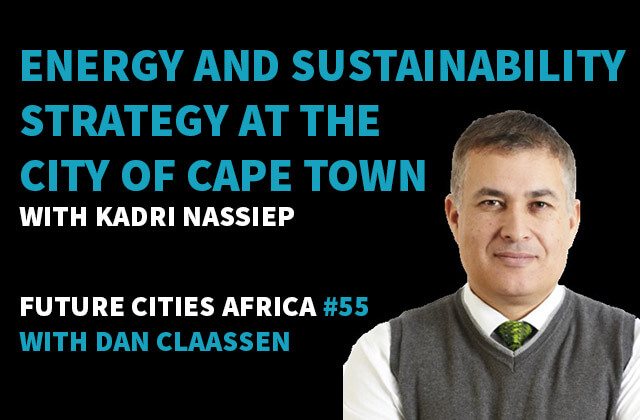Listen to Audio
Harare's Urban Evolution: Lessons in Resilience and Collaborative City Building
Uncover key lessons from Harare's growth and the role of ordinary people in driving urban change. My guest today is Davison Muchadenyika, Senior Urban Specialist at the World Bank Group and author of The Making of an African City. He's worked with many governments across Africa to build sustainable, inclusive cities.
Stay Connected
Buy the book
The Making of an African City
Episode Summary:
Davison Muchadenyika discusses Harare's urban development from its founding in 1890 to the present, offering insights for African urban planning.
He divides Harare's growth into three phases:
- 1890-1979 (Colonial Era): Infrastructure investments fuelled economic growth, but racial segregation shaped planning, concentrating development in low-density European areas.
- 1980-1999 (Post-Independence): Independence marked a shift with expanded infrastructure in high-density African areas, unified administration, and a strong anti-informal settlement policy, earning Harare a reputation as a well-planned African city.
- 2000 Onwards (Economic Transition): Economic challenges led to capital flight, but the built environment grew, with 20% of the population moving to peri-urban areas. Ordinary citizens and private developers drove resilience through self-financed infrastructure and housing.
He emphasises practical collaboration models involving government, city councils, residents, and private developers, as seen in Harare's pre-2000 success. Residents are urged to organise and demand accountability, while professionals should prioritise maintaining existing infrastructure over new projects.
For sustainable growth, he advocates incremental approaches given limited resources, emphasising that African urban residents are key to transforming their cities through action and financing.







